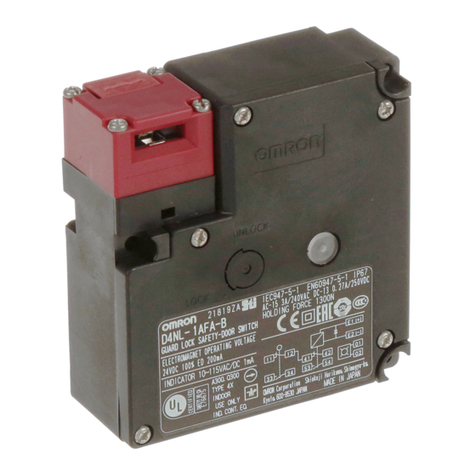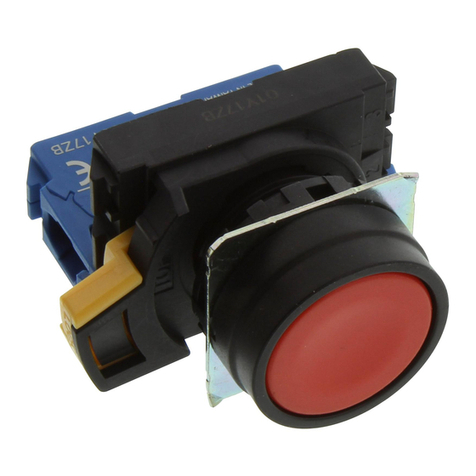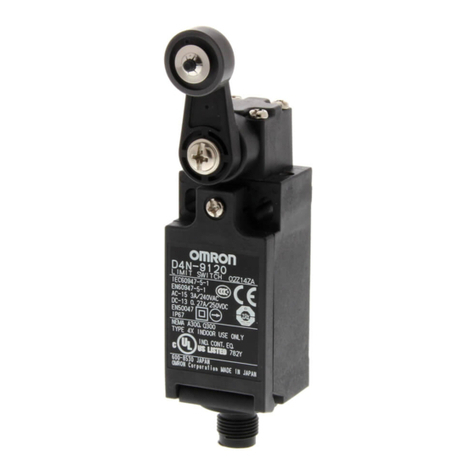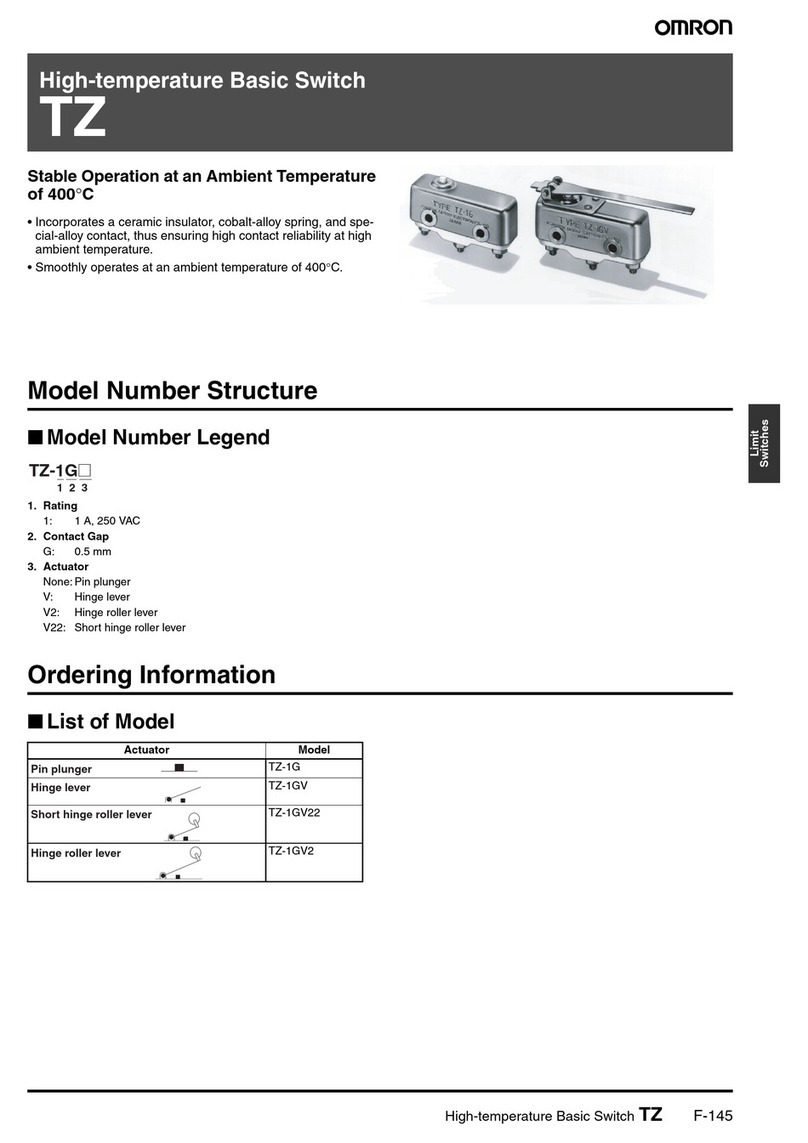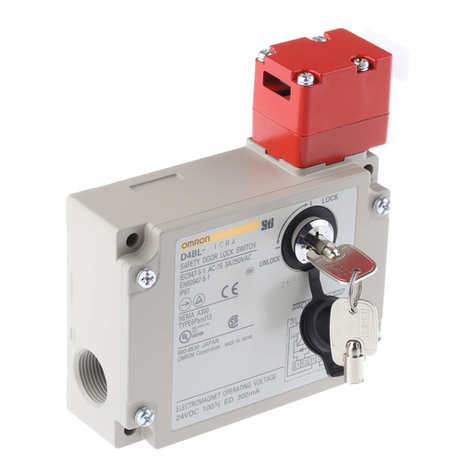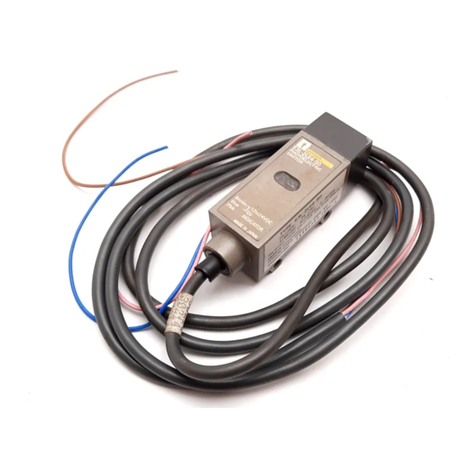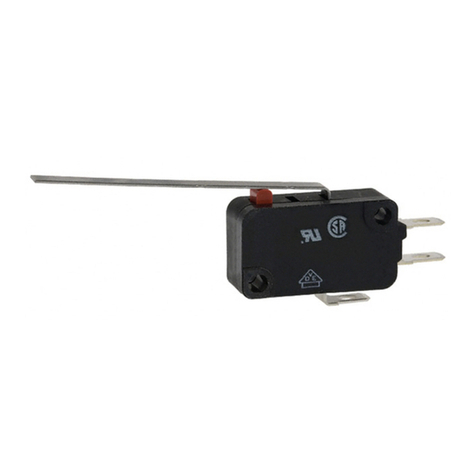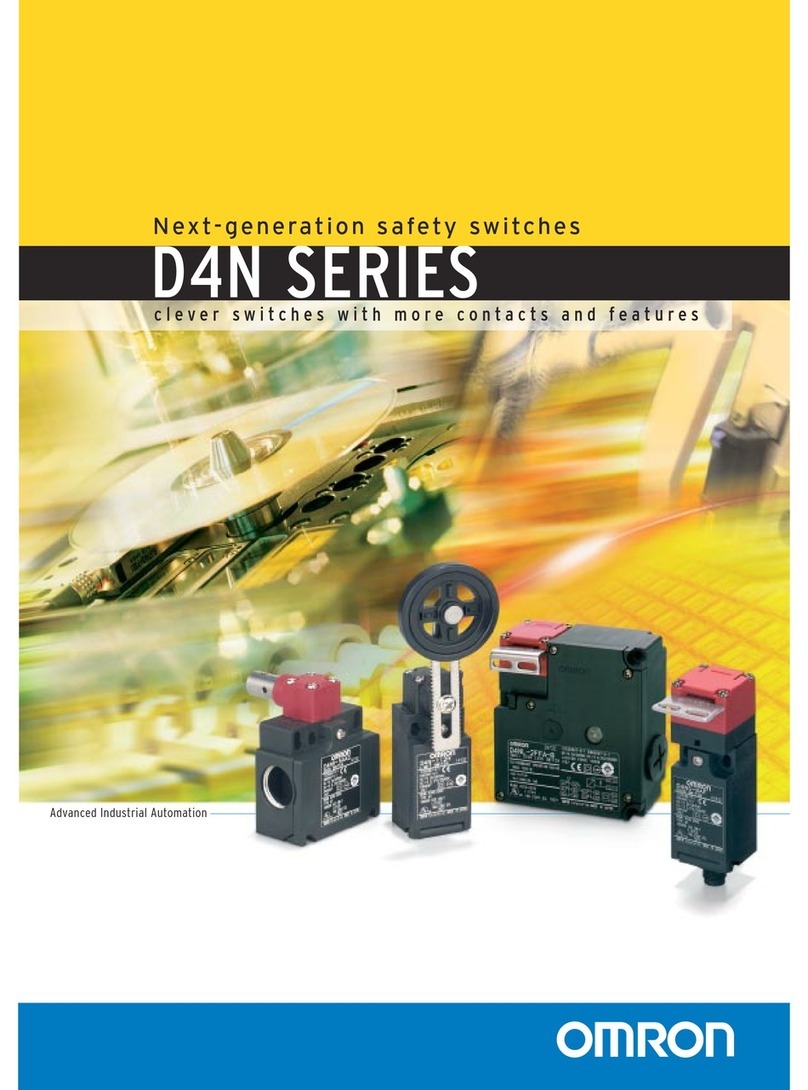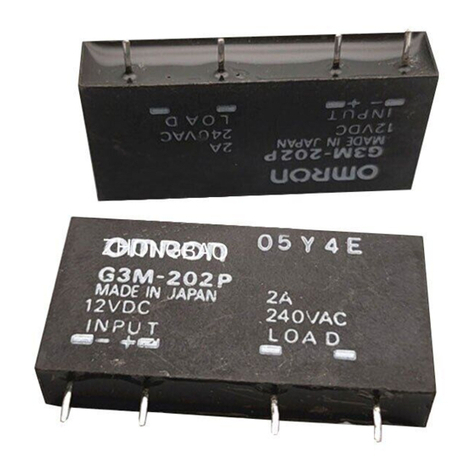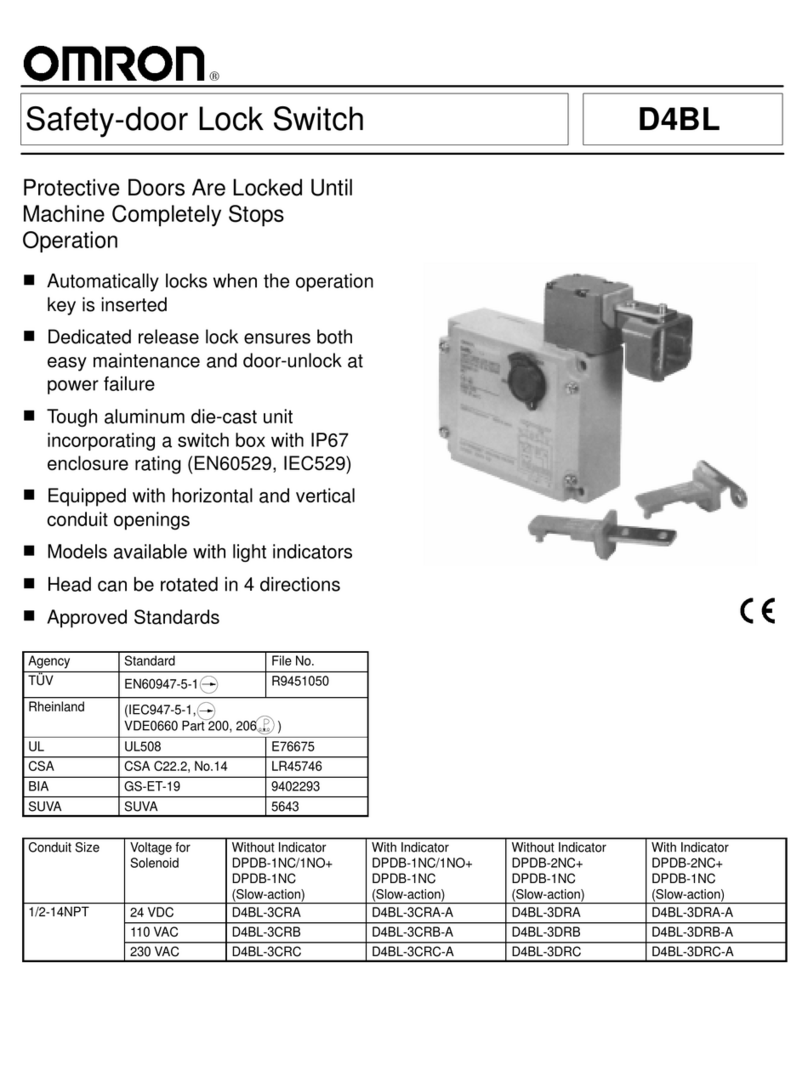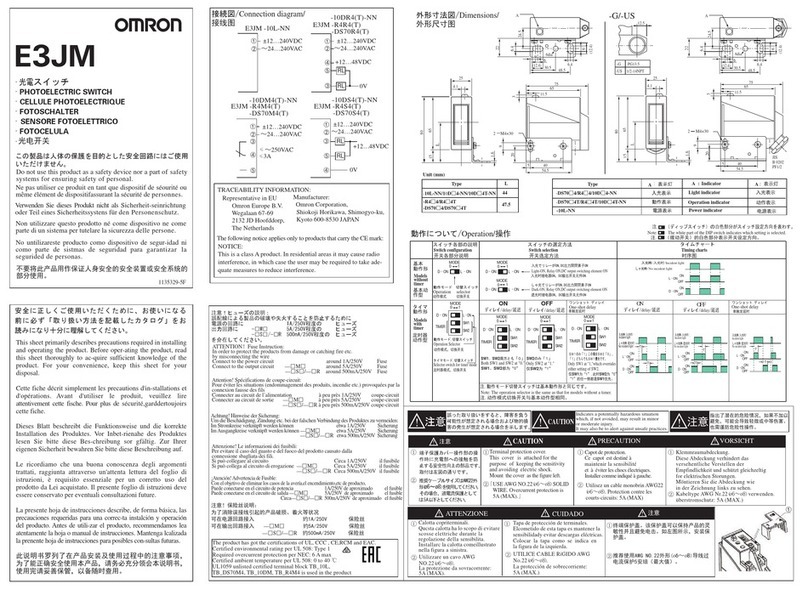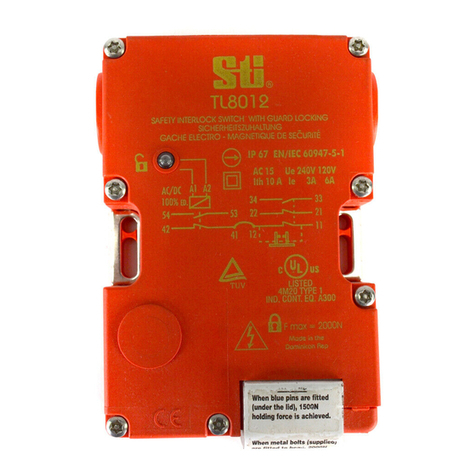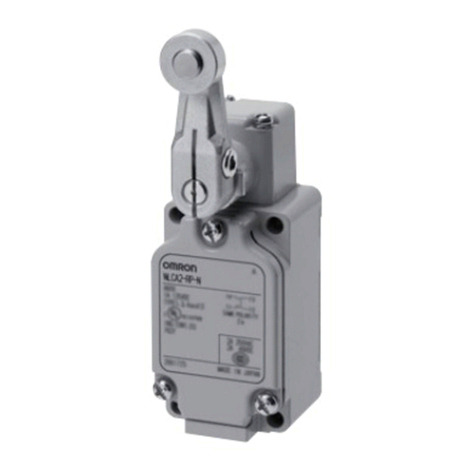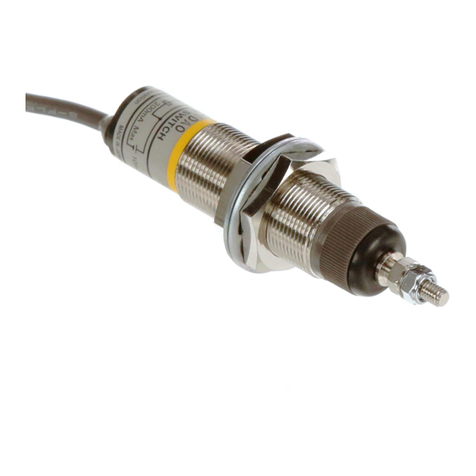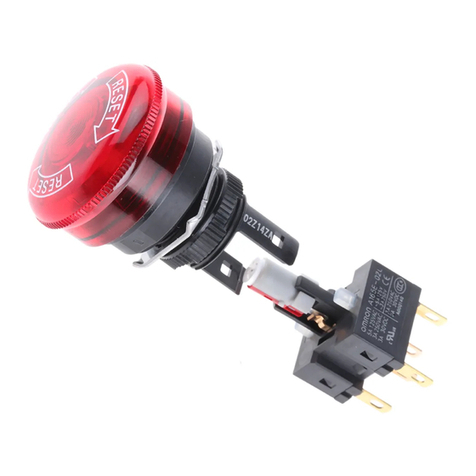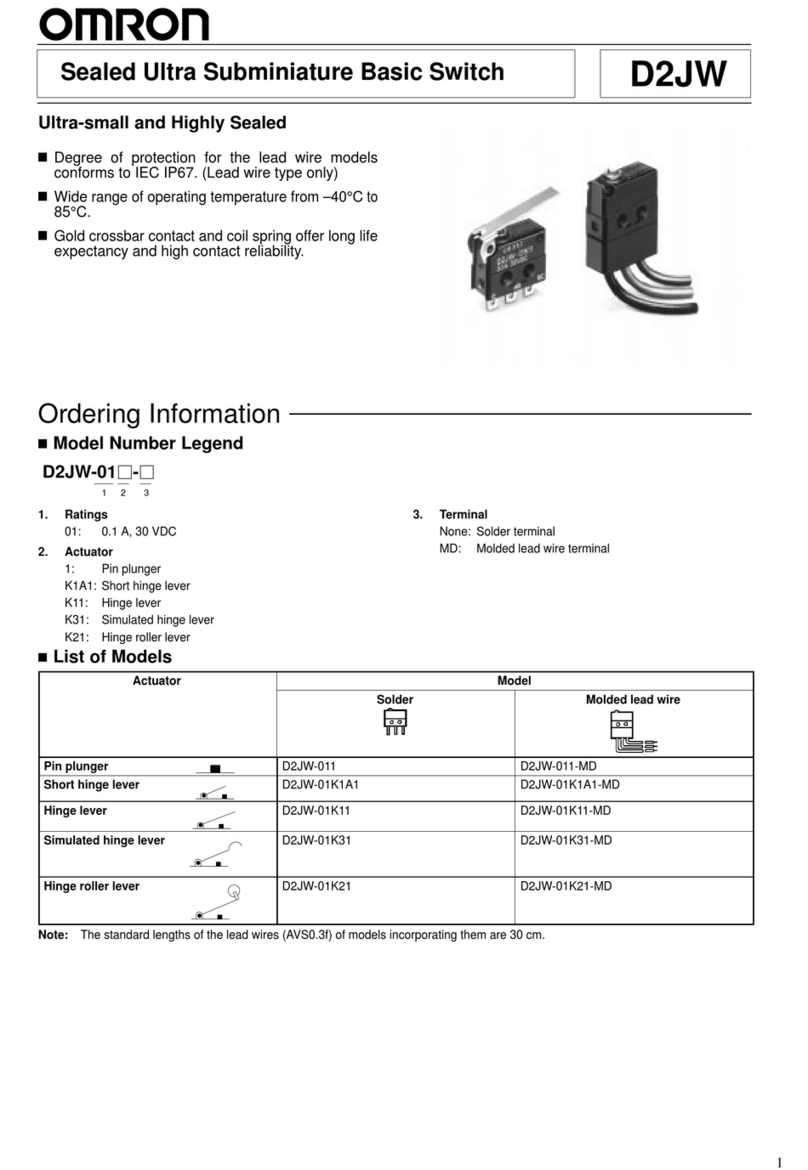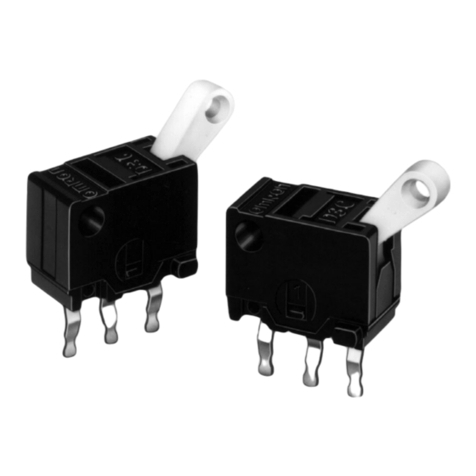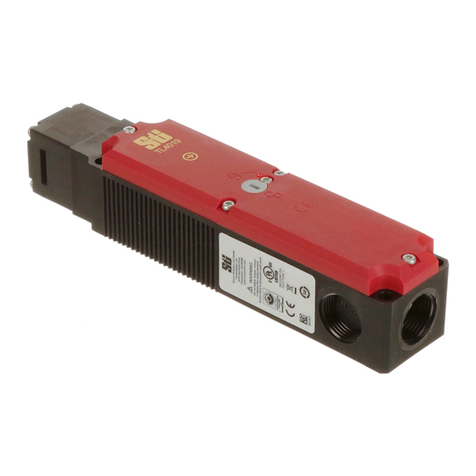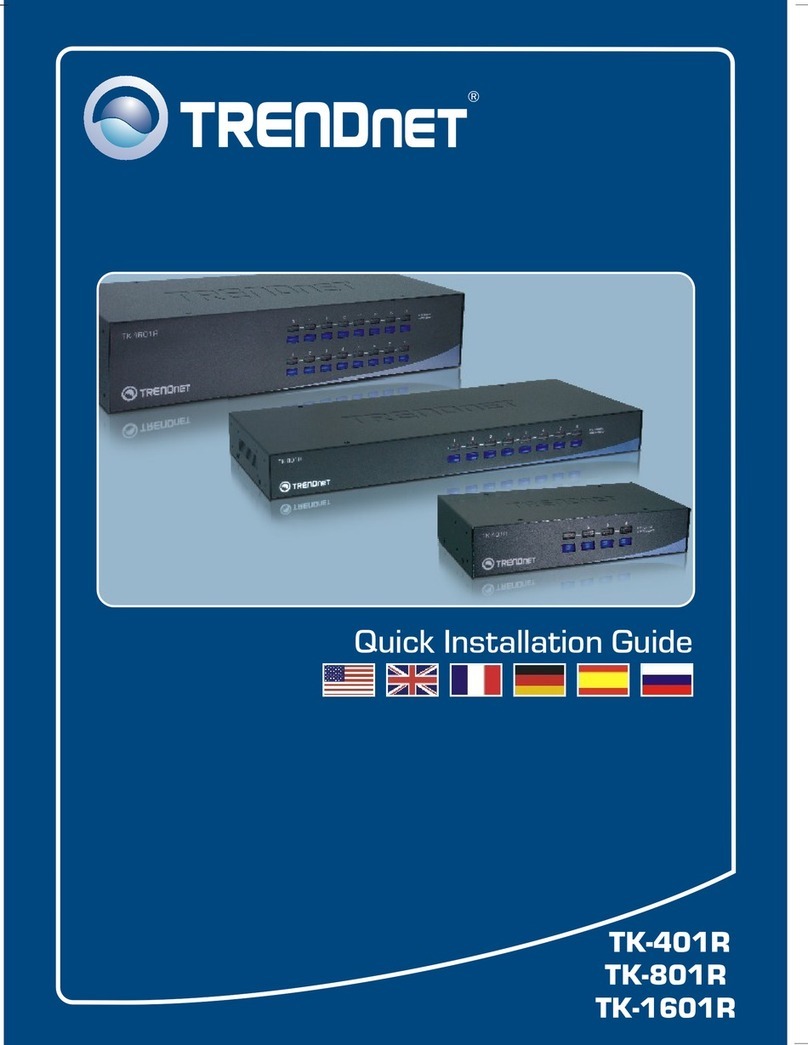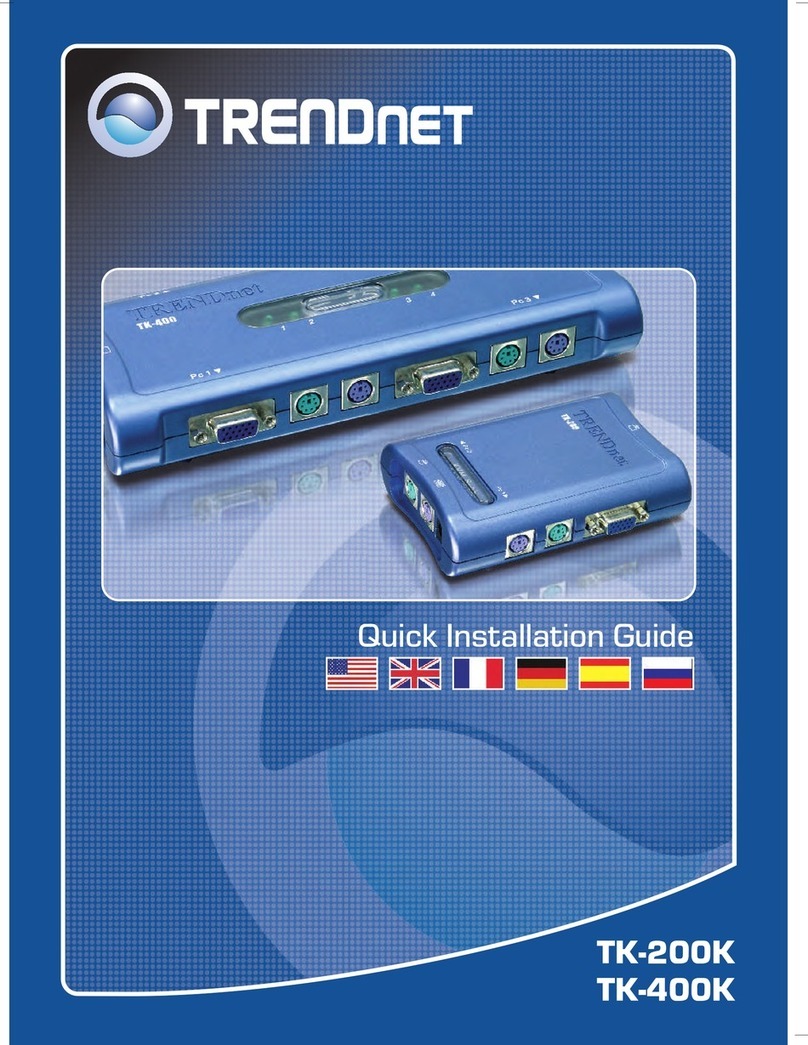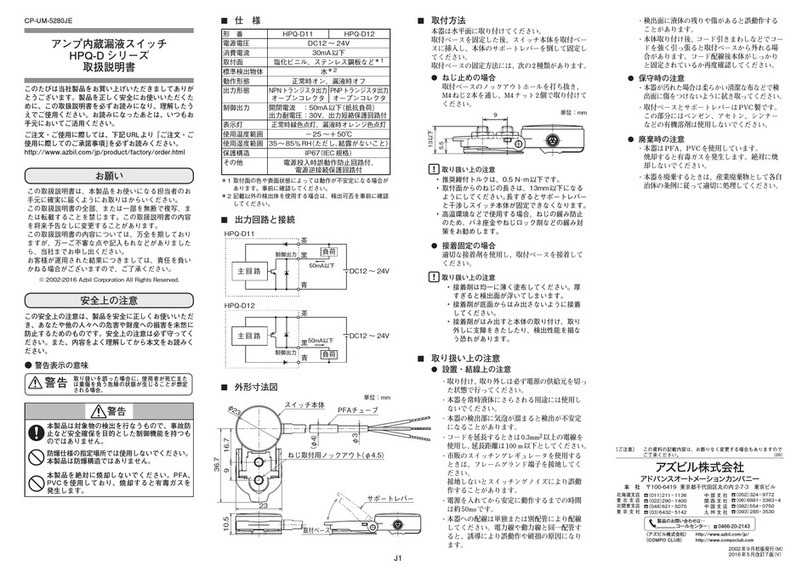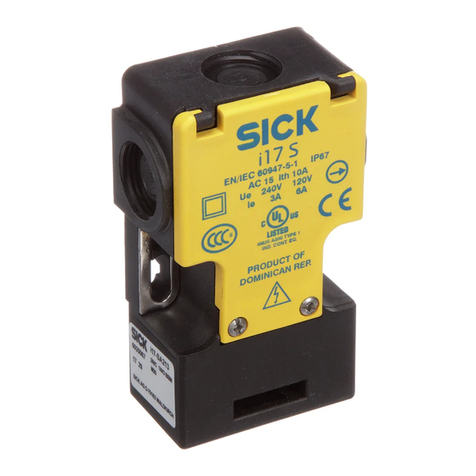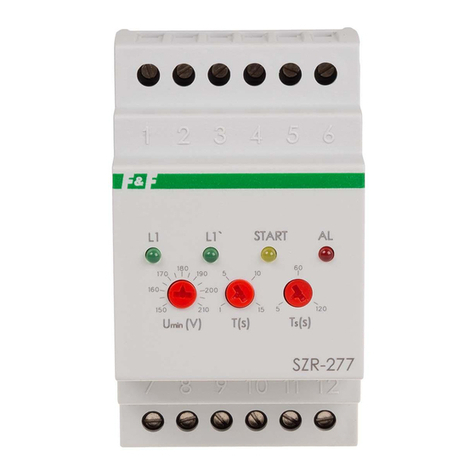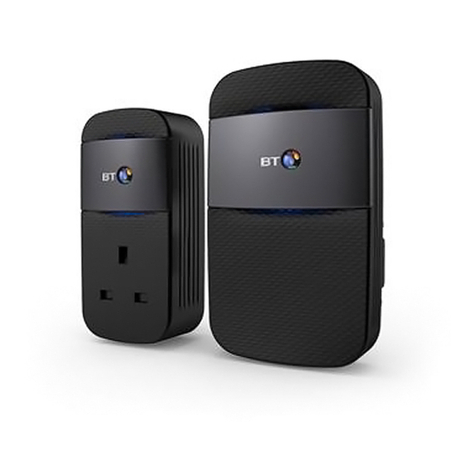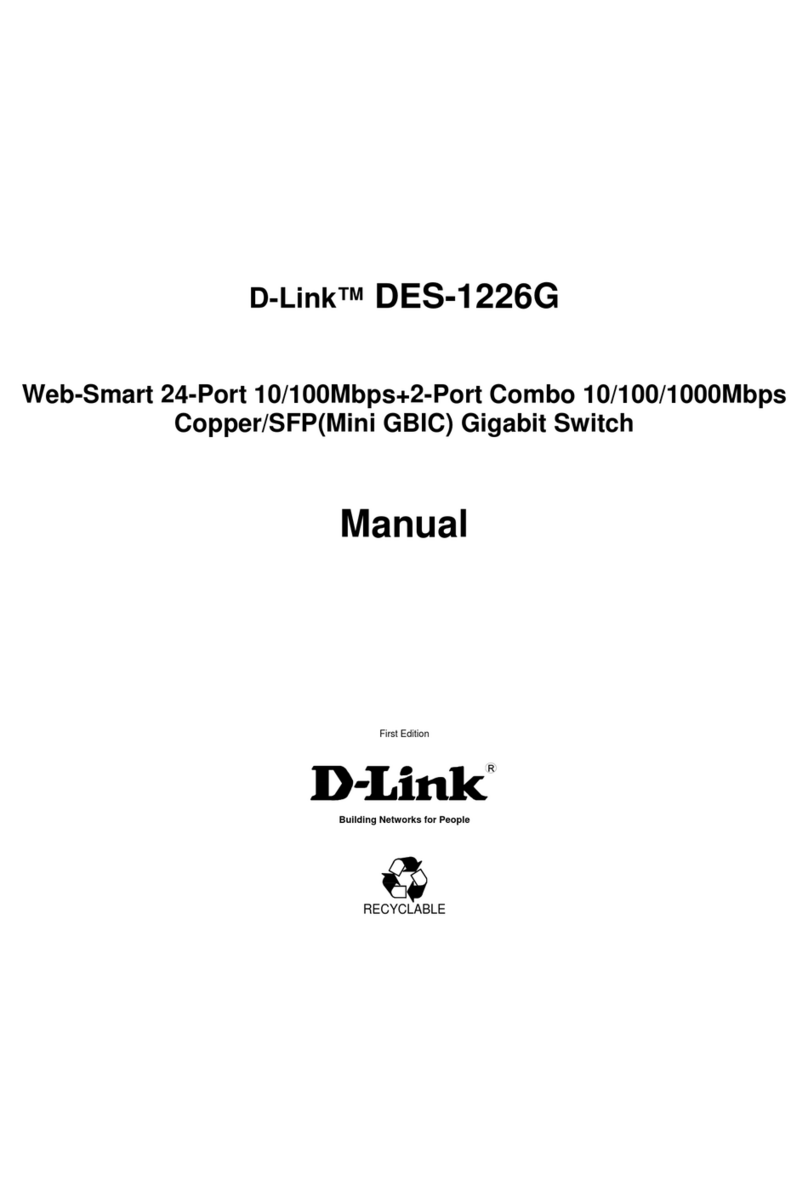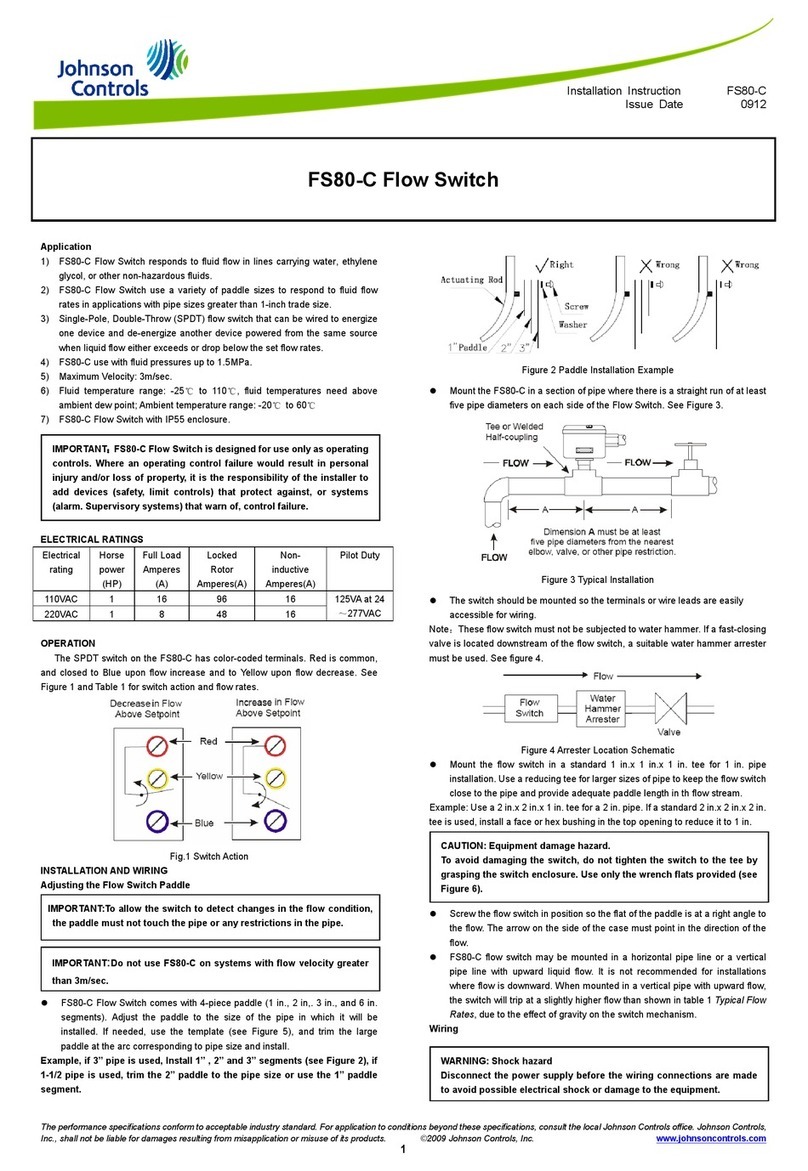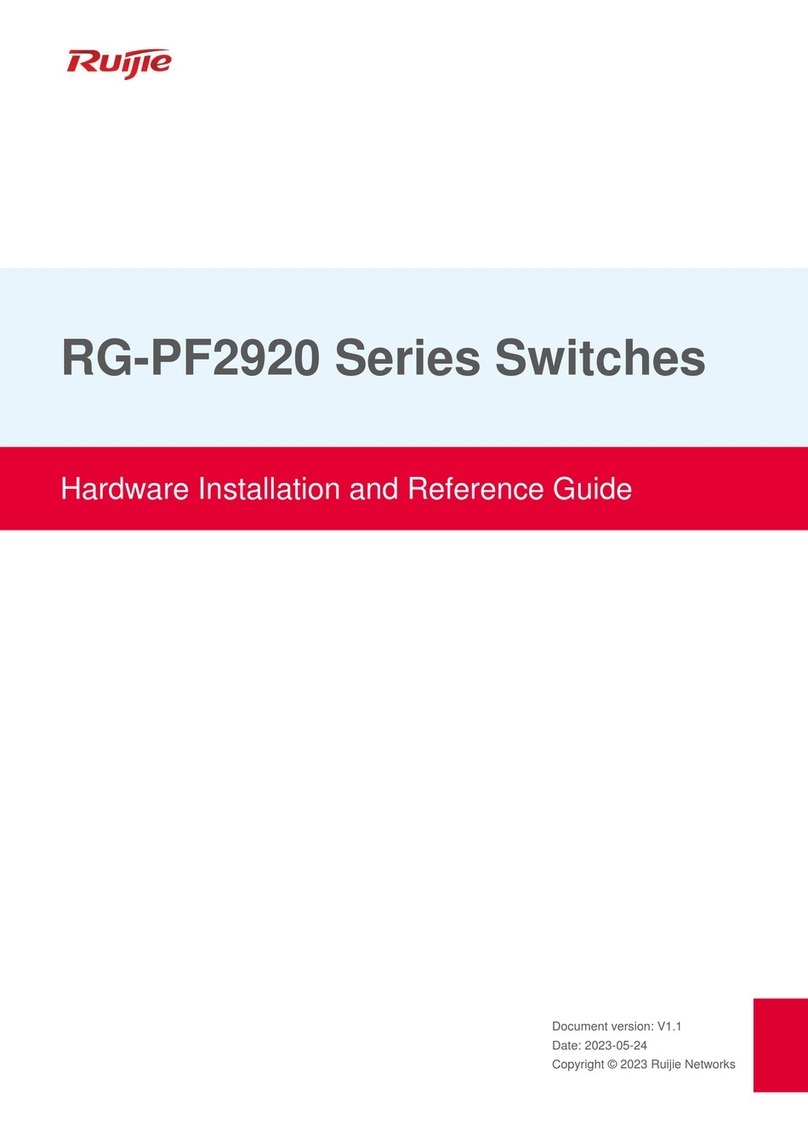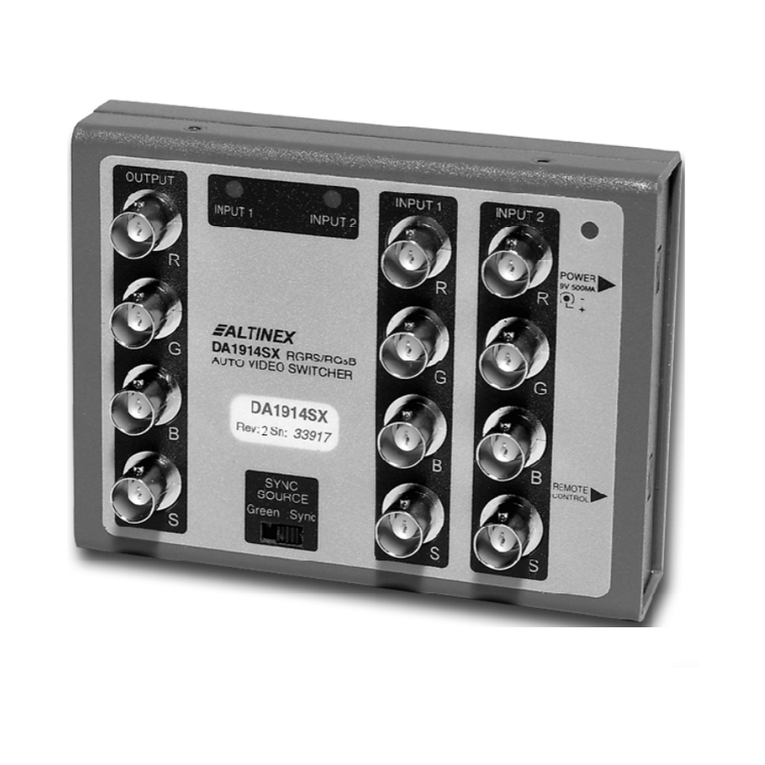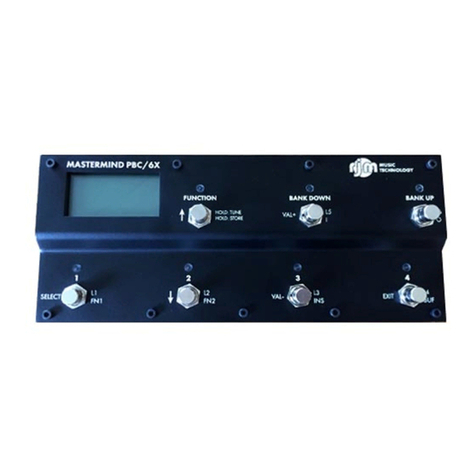
CSM_LimitSwitch_CN_E_1_1
Precautions for All Limit Switches
(Not including Safety Switches)
Note: Refer to the Precautions section for each Switch for specific precautions applicable to each Switch.
•If the Switch is to be used as a switch in an emergency stop circuit
or in a safety circuit for preventing accidents resulting in injuries or
deaths, use a Switch with a direct opening mechanism, use the NC
contacts with a forced release mechanism, and set the Switch so
that it will operate in direct opening mode.
For safety, install the Switch using one-way rotational screws or
other similar means to prevent it from easily being removed. Protect
the Switch with an appropriate cover and post a warning sign near
the Switch in order to ensure the safety.
•Do not supply electric power when wiring. Otherwise electric shock
may result.
•Keep the electrical load below the rated value.
•Be sure to evaluate the Switch under actual working conditions
after installation.
•Do not touch the charged switch terminals while the Switch has
carry current, otherwise electric shock may result.
•If the Switch has a ground terminal, be sure to connect the ground
terminal to a ground wire.
•Do not disassemble the Switch while electric power is being supply.
Otherwise electric shock may result.
•The durability of the Switch greatly varies with switching conditions.
Before using the Switch, be sure to test the Switch under actual
conditions. Make sure that the number of switching operations is
within the permissible range.
If a deteriorated Switch is used continuously, insulation failures,
contact weld, contact failures, switch damage, or switch burnout
may result.
•Maintain an appropriate insulation distance between wires
connected to the Switch.
•Some types of load have a great difference between normal current
and inrush current. Make sure that the inrush current is within the
permissible value. The greater the inrush current in the closed
circuit is, the greater the contact abrasion or shift will be.
Consequently, contact weld, contact separation failures, or
insulation failures may result. Furthermore, the Switch may become
broken or damaged.
Wiring
Pay the utmost attention so that each terminal is wired correctly.
If the terminal is wired incorrectly, the Switch will not function.
Furthermore, not only will the Switch have a bad influence on the
external circuit, the Switch itself may become damaged or burnt.
Mounting
•Do not modify the actuator, otherwise the operating characteristics
and performance of the actuator will change.
•Do not enlarge the mounting holes of the Switch or modify the
Switch. Doing so may result in insulation failures, housing damage,
or physical injuries.
•Be sure to evaluate the Switch under actual working conditions
after installation.
•Do not apply oil, grease, or other lubricants to the moving parts of
the actuator, otherwise the actuator may not operate correctly.
Furthermore, intrusion of oil, grease, or other lubricants inside the
Switch may reduce sliding characteristic or cause failures in the
Switch.
•Mount the Switch and secure it with the specified screws tightened
to the specified torque along with flat washers and springs. The
actuator of a Pushbutton Limit Switch mounted to a panel with
excessive tightening torque may not operate correctly.
•Be sure to wire the Switch so that the conduit opening is free of
metal powder or any other impurities.
•If glue or bonding agent is applied, make sure that it does not
adhere to the movable parts or intrude inside the Switch, otherwise
the Switch may not work correctly or cause contact failure. Some
types of glue or bonding agent may generate a gas that may have
a bad influence on the Switch. Pay the utmost attention when
selecting the glue or locking agent.
•Do not drop or disassemble the Switch, otherwise the Switch will
not be capable of full performance. Furthermore, the Switch may
become broken or burnt.
•Some models allow changes in head directions. When changing
the head of such a model, make sure that the head is free of any
foreign substance. Tighten each screw of the head to the rated
torque.
•Be sure to take measures so that no foreign material, oil, or water
will penetrate into the Switch through the conduit opening. Be sure
to attach a connector suited to the cable thickness and tighten the
connector securely to the rated torque.
•Do not impose shock or vibration on the actuator while it is fully
pressed. Otherwise, the actuator will partially abrade and an
actuation failure may result.
Wiring
•If the wiring method is incorrect, the wires may get caught on
objects or the lead wires may be pulled excessively. Make sure that
the lead wires are sufficiently long and secure them along the wiring
path.
•Pay the utmost attention so that each terminal is wired correctly. If
a terminal is wired incorrectly, the Limit Switch will not function
properly. Furthermore, not only will the Limit Switch have an
adverse influence on external circuits, the Limit Switch itself may
become damaged or burnt.
For details, refer to Precautions for Correct Use in the
Technical Guide for Limit Switches.
Precautions for Safe Use
i (Inrush current)
I
(A)
io (Constant current)
t
Precautions for Correct Use
CorrectIncorrect
Terminal boxTerminal box
http://www.ia.omron.com/ C-1
(c)Copyright OMRON Corporation 2007 All Rights Reserved.
